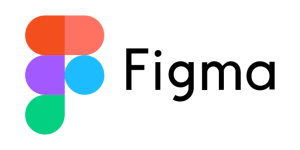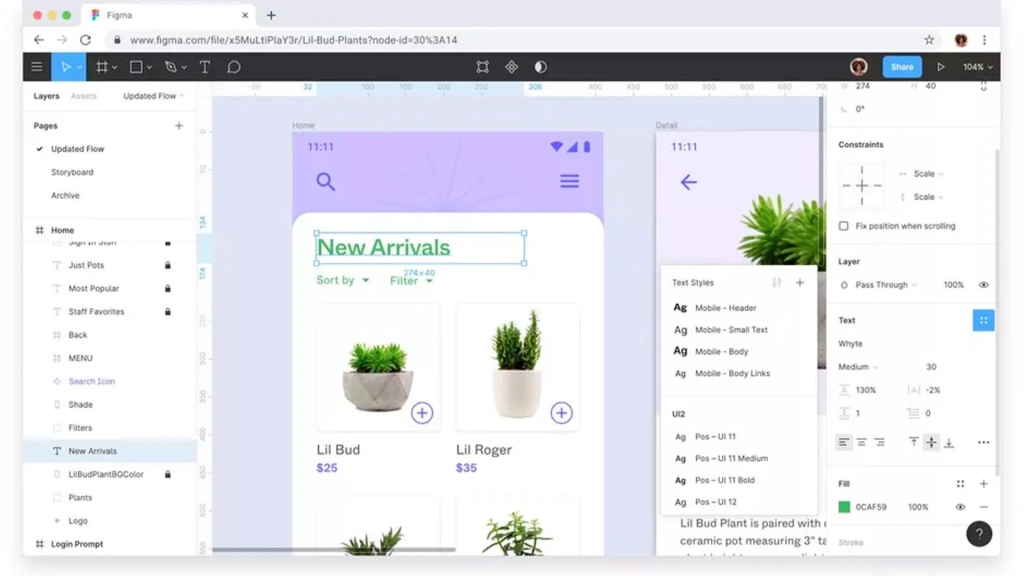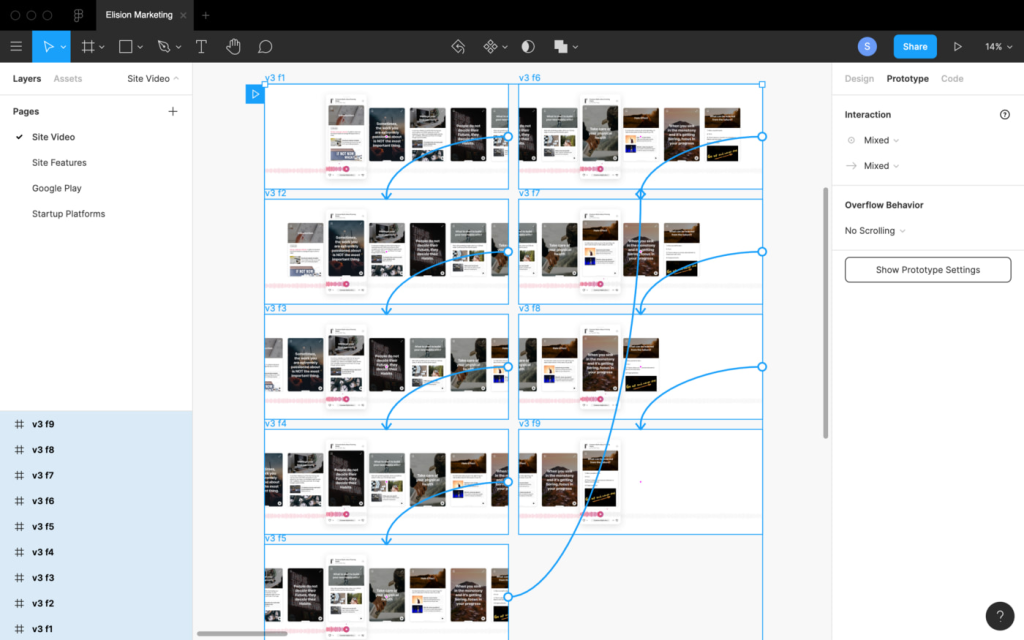FIGMA

Figma is a cloud-based design and prototyping tool used for interface design and collaboration. It is particularly popular among user interface (UI) and user experience (UX) designers, product designers, and design teams. Figma allows users to create, edit, and collaborate on designs in real-time, making it a valuable tool for both individual designers and teams working on design projects.
Figma design is for people to create, share, and test designs for websites, mobile apps, and other digital products and experiences. It is a popular tool for designers, product managers, writers and developers and helps anyone involved in the design process contribute, give feedback, and make better decisions, faster.
Key features and uses of Figma:
Interface Design: Figma is primarily used for creating user interfaces for websites, web applications, mobile apps, and other digital products. It provides a wide range of tools and features for designing layouts, icons, buttons, and other UI elements.
Prototyping: Figma enables designers to create interactive prototypes of their designs, allowing them to demonstrate how the user interface will behave and how users will interact with it. This feature is useful for usability testing and showcasing design concepts to stakeholders.
Real-Time Collaboration: One of Figma’s standout features is its ability to support real-time collaboration. Multiple team members can work simultaneously on the same design file, see changes in real-time, and leave comments for each other.
Cloud-Based Storage: All design files are stored in the cloud, making it easy for team members to access and work on projects from any location and device with an internet connection.
Version History and Design History: Figma automatically saves design versions and maintains a design history, allowing designers to review changes and revert to previous iterations if needed.
Shared Libraries: Figma supports shared design libraries, which means designers can create reusable components (like buttons, icons, and styles) that can be easily updated across multiple design files. This ensures consistency in design and saves time.
Developer Handoff: Figma provides tools for developers to inspect and export design assets and specifications directly from the platform, streamlining the design-to-development workflow.
Plugins: Figma allows users to extend its functionality with plugins, which are third-party tools created by the Figma community. These plugins can automate repetitive tasks and add new features to the platform.
Figma’s cloud-based approach and collaborative features make it an excellent choice for design teams working remotely or across different locations. It has gained popularity for its ease of use, accessibility, and versatility in designing and prototyping user interfaces and digital products.



